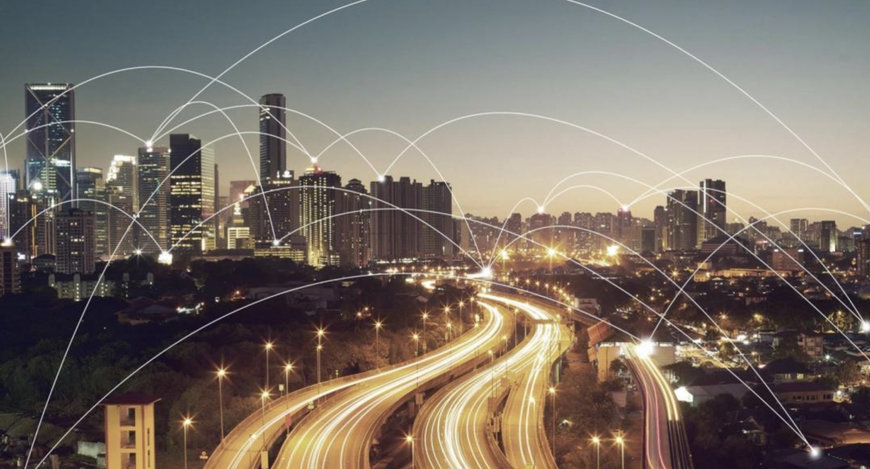www.magazine-industry-usa.com
24
'24
Written on Modified on
Econ-Solutions explains How cities and municipalities can efficiently comply with the Energy Efficiency Act
The Energy Efficiency Act obliges to save 2 percent of final energy every year - a major challenge given. The solution is already included in the new law - an energy management system.

Public bodies with a total annual final energy consumption of one gigawatt hour or more are obliged by the Energy Efficiency Act to achieve savings in final energy consumption of an average of two percent per year compared to the previous year.
If the average annual total final energy consumption for 2020, 2021 and 2022 exceeds three gigawatt hours, public bodies must also set up an energy or environmental management system. If consumption is between one and three gigawatt hours, a simplified energy management system is sufficient. In both cases, the system must be in place by June 30, 2026.
Energy management system also for municipalities
In order to be able to continuously save energy, as required by the Energy Efficiency Act, transparency about consumption is needed above all. After all, without knowing how much energy is consumed where and when, it is largely left to chance how much an efficiency measure actually achieves. An energy management system provides this transparency.
However, the effort involved can be considerably greater for the public sector than for companies, for example. This is because the consumption data is widely distributed, for example in the sports hall, town hall, building yard, waterworks and street lights. In order to be able to evaluate them, however, they must be available centrally in the energy management software.
Recording the data manually is not only very time-consuming and resource-intensive, but also prone to errors. This is why the municipality of Riegel am Kaiserstuhl, for example, has opted for a solution that allows it to send the data automatically to the energy management software, even over long distances.
LoRa enables data transmission over long distances
To do this, it uses our econ sens3 energy and power meter and a converter that converts the measurement data into a format that can be processed by LoRa network technology. This allows the data to be sent automatically to our econ4 energy management software.
You can read about how this works in detail here.
Mastering the Energy Efficiency Act and climate impact adaptation with one system
But Riegel doesn't just use the system for energy management: the municipality uses LoRa temperature sensors to analyze the heating and cooling behavior in the classrooms of the elementary school and in the multi-purpose hall, and the water levels of rivers are also to be measured.
With the energy management system in combination with the LoRa network, Riegel can not only comply with the Energy Efficiency Act, but also carry out other municipal tasks more efficiently. The municipality is also equipped for climate impact adaptation measures.
What is LoRaWAN?
A LoRaWAN (Long Range Wide Area Network) is based on the open, wireless and bidirectional radio technology LoRa. This allows end devices with low energy consumption to transmit small amounts of data over long distances to a gateway or receive data from there. The gateway sends the data to other end devices or to a network server. A LoRaWAN network can be set up and operated cost-effectively. Security is ensured by authenticity checks and end-to-end encryption.
www.econ-solutions.com

